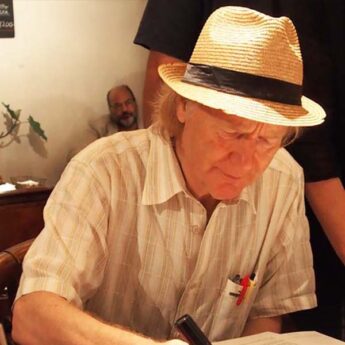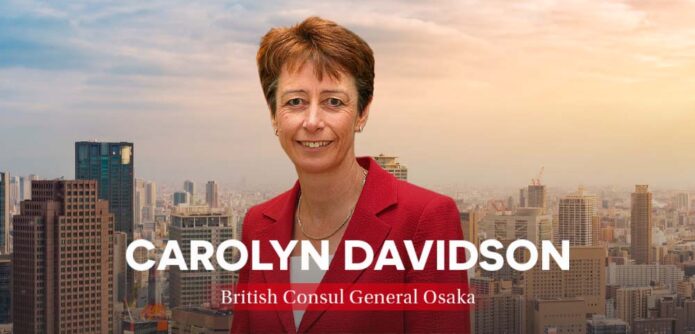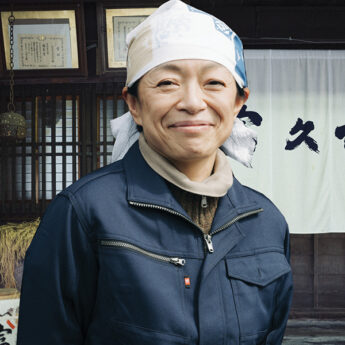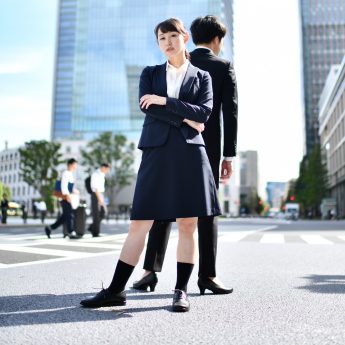Architect Tomomi Araki weighs in on urban development
As a registered architect in both the UK and Japan, Tomomi Araki has developed a distinct view on the evolution of cities and the buildings that populate them.
Her portfolio encompasses high-profile projects such as the Ansaldo City of Culture museum in Milan, Barcelona’s City of Justice court buildings and the John Rylands Library in Manchester, all completed while she was working for David Chipperfield Architects, Austin-Smith:Lord and other renowned firms in Britain.
She now runs Tomomi Araki Architects and teaches at Shibaura Institute of Technology in Tokyo.
BCCJ ACUMEN: How does your japanese background influence your projects?
Araki: A focus on sunlight characterises my projects abroad.
Following my exploration on how sunlight determines a space and, consequently, how that affects people’s feelings, we used sunlight reflected on and filtered through materials to design the Ansaldo museum and Barcelona courts. An appreciation for subtlety and the fragile glow of sunlight seem to be recognised as Japanese design elements.
How do japanese and uk approaches to architecture differ?
The Japanese have always wanted to improve the earthquake and fire resistance of their buildings and cities, and the Building Standards Act has been amended after every big earthquake.
As a result, when people want to extend or refurbish existing buildings and fit them to new standards, it often costs more than simply demolishing them and starting over.
Here, society places more importance on safety issues than notions about what architecture should look like. The exception to this is those people who have a high regard for the contribution their buildings make to the beauty of a cityscape, and who can afford to take great care of their property over the long term.
Like Europe, Japan is starting to find more value in the historical elements of its cities, and more people are willing to spend money on refurbishments or alterations.
What do you value most from your experience working abroad?
In Japan, building regulations have been quite strict, leaving little room for exceptions. This has led to swift property developments.
In the UK, however, each application is considered as a separate case, with reasonable time allocated for a project. Also, ordinary citizens get involved with the planning process and carefully consider the potential outcome of proposed developments.
How do you balance historical preservation and modern aesthetics?
I find cities more attractive when they have a stark contrast between old and new, like London.
With our projects in Europe, we tried to incorporate new buildings—with contemporary design and the latest technology—into historical surroundings, and improved access to existing buildings for elderly and disabled visitors.
We hoped this would help people rediscover the value of old architecture. Our goal was to draw people’s attention to these areas, which would, in turn, help revitalise the cities themselves. I am also trying to do this in Japan.
I don’t think we should build lookalike Victorian buildings next to real ones. New buildings should reflect current aesthetics. If each building reflects the aesthetics of its era, cities will have a rich history and intricate beauty.
An architect should create a design only after carefully considering the context of a place. Nevertheless, a building only truly becomes architecture over time, once people start using it.
Where are your favourite cityscapes in tokyo and london?
I like the view of London from Primrose Hill, where I used to go every weekend. In Tokyo, I like the view of cherry blossoms on the banks of the moss-covered Imperial Palace moat, with a view framed by ordinary modern buildings.





